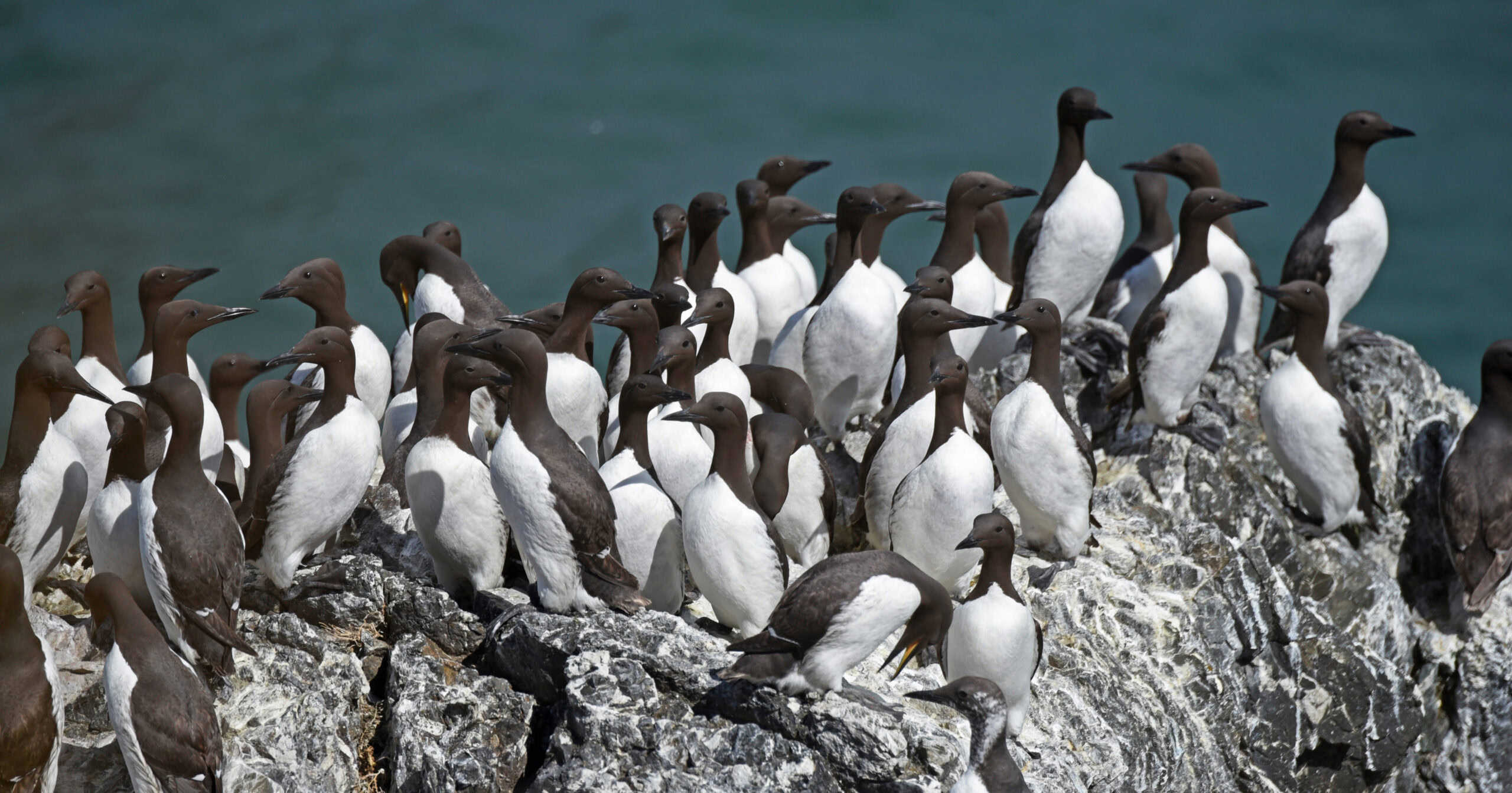Share this article
Interior issues new ‘open science’ policy
Interior Deputy Secretary David Bernhardt issued a new policy on ‘open science’ Sept. 28. Under the four-page memo, Interior bureaus will be required to make publicly available the scientific data and analysis used to develop new rules, as well as the methodology used to gather the data. Regulators will also have to ensure that all scientific literature used or relied on for such rulemaking are made publicly available.
The purpose of the order is to ensure that Interior “bases its decisions on best available science and provide[s] the American people with enough information to thoroughly and substantively evaluate the data, methodology, and analysis used by the Department to inform its decisions.”
Citing its obligation to ensure that the department makes its decisions based on the best available science, the order calls on its bureaus to “utilize and prioritize publicly available, reproducible, peer-reviewed science to the extent possible.” If regulators make a decision based on data that is not publicly available, peer reviewed, or readily reproducible, they must provide an explanation as to why the data relied on is the best available information.
Deputy Interior secretaries can waive the provisions of the order if they determine that such as waiver is necessary and would be the least restrictive means of protecting privacy and confidentiality, including confidential business information and trade secrets, national security and homeland security. Such waivers must be published along with the rule to which they apply.
EPA issued a similar proposed policy in April, and accepted comments on it through the end of May. A final rule has not yet been issued by the EPA. The Senate Environment and Public Works Committee held a hearing on that rule on Oct. 3, asking outside experts to give testimony on the proposal. The EPA proposal goes further than the Interior order, effectively baring EPA from relying on certain specific studies when developing new regulations unless the underlying data “are publicly available in a manner sufficient for independent validation.”
Read The Wildlife Society’s Standing Position on The Use of Science in Policy and Management Decisions.
Header Image: Interior manages over 500 million acres nationwide, meaning the new order on ‘open science’ could have wide-ranging effects on wildlife and their habitats. ©USFWS








